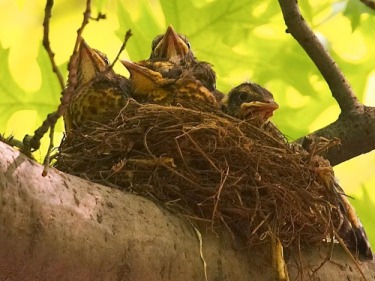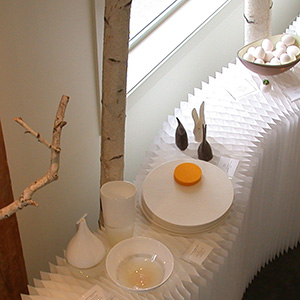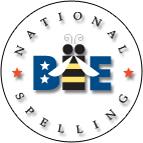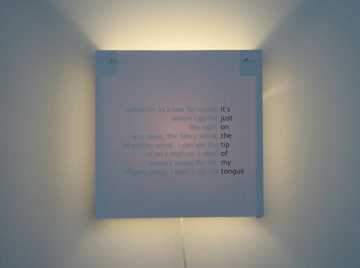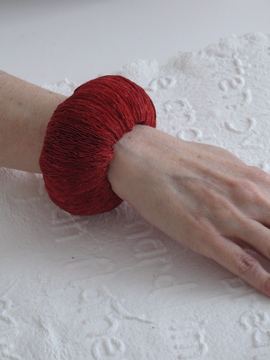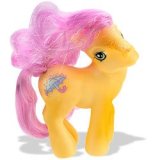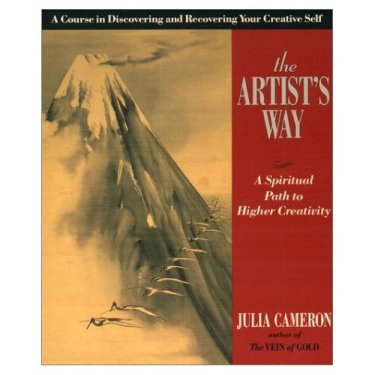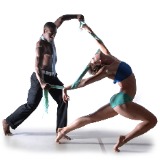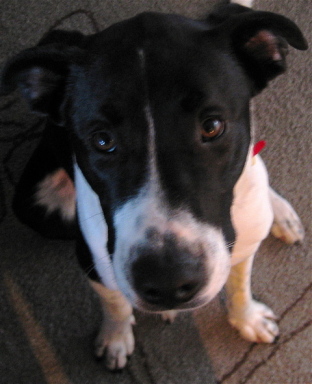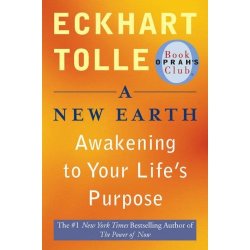 I've got enlightenment on the mind. Reading Eckhart Tolle's A New Earth, it's hard not to. Yesterday, as my husband and I hiked along a rushing mountain stream (actually, a creek with full-fledged waterfalls in the middle of Shenandoah National Park – who knew?), my thoughts turned to Tolle's story about how the Zen Master tells his disciple to listen for the mountain stream, and then "enter Zen from there."
I've got enlightenment on the mind. Reading Eckhart Tolle's A New Earth, it's hard not to. Yesterday, as my husband and I hiked along a rushing mountain stream (actually, a creek with full-fledged waterfalls in the middle of Shenandoah National Park – who knew?), my thoughts turned to Tolle's story about how the Zen Master tells his disciple to listen for the mountain stream, and then "enter Zen from there."
Shaking off my week of feeling buffeted by a lot of unconscious acting out (clients' and my own), the power of Now -- in this current book, Presence -- feels like a port in the storm. And, hey, it's a lot easier! The timing of this book's appearance on my radar is just what the Zen Master ordered.
I don't make light of these ideas. I take them to heart, in fact. Designing a life is another way of living consciously. My daily task has been to attempt do so, yet it's weeks like the last one that remind me this is a journey.
Right now, this very moment, I'm loving these passages...
There are three ways in which the ego will great the present moment: as a means to an end, as an obstacle, or as an enemy. How do you go beyond a dysfunctional relationship with the present moment? ...see it in yourself, in your thoughts and actions. In the moment of seeing, of noticing that your relationship with the Now is dysfunctional, you are present. The seeing is the arising Presence. With the seeing comes the power of choice.
Presence is a state of inner spaciousness. when you are present, you ask: How do I respond to the needs of this situation, of this moment? ...instead of reacting against a situation, you merge with it, the solution arises out of the situation itself...then, if action is possible or necessary, you take action or rather right action happens through you. Right action is action that is appropriate to the whole.
The more reactive you are, the entangled you become with form. The more identified with form, the stronger the ego. Your Being then does not shine through form anymore -- or only barely.
Nonresistance, nonjudgment, and nonattachment are the three aspects of true freedom and enlightened living.
My own little satori (flash of enlightenment) for today? Well, several actually:
- Being judgmental is just a bad habit that I can choose to give up, starting now.
- After being judgmental, resistance and attachment are my favorite defense mechanisms. I think I'll give them up, too.
- My attraction to working with archetypes makes sudden sense -- they're a powerful tool for bringing that which is unconscious (and the root of a lot of needless suffering) to light.
- Compassion and loving-kindness have felt elusive to me until now. I've wanted to feel them, but fear stood in my way, masked as my three favorite defense mechanisms.
- None of this is new information to me, it's just being presented in a way that I'm ready to move into it at a deeper level. Whatever has opened this up for me -- acupuncture, yoga, accumulated Western therapy, a walk in the woods with my husband -- I'm not afraid.
The idea from Tolle's book that made me smile the most? Something he quotes from Ram Dass: "If you think you are so enlightened, go spend a week with your parents." Which reminds me of my friend Mandy's useful reminder: when we recognize unconsciousness in others and then feel all judgy about it, we're reminded that we're not the Dali Lama yet. That's okay, though. Because right Now, this very moment, I get it.
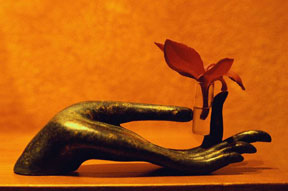 It's one thing to talk a good game about "finding my center" and "staying grounded." It's quite another to live it. This week has been one reminder after another of how easy it is to lose my footing.
It's one thing to talk a good game about "finding my center" and "staying grounded." It's quite another to live it. This week has been one reminder after another of how easy it is to lose my footing.